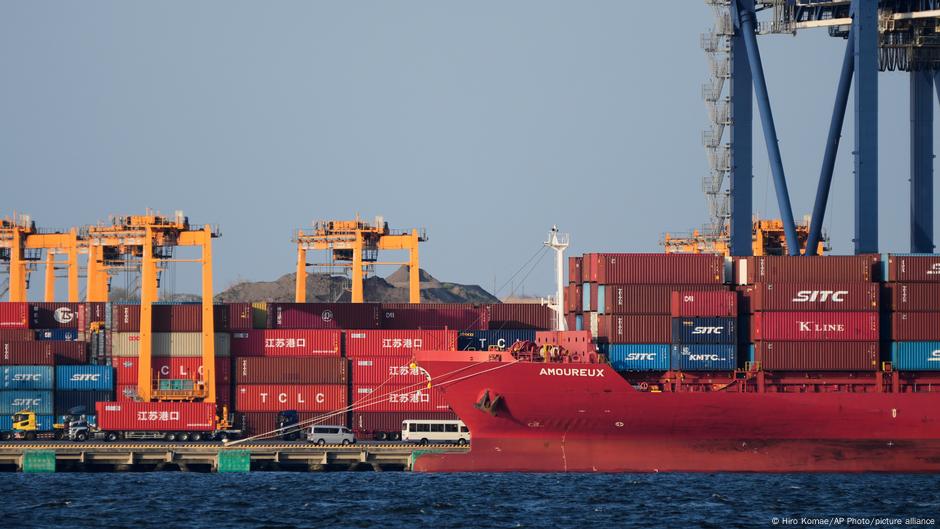Japan’s economy contracted more than anticipated in the first quarter of 2025, official data released on Friday for the January to March period reveals. Japan’s Gross Domestic Product (GDP) shrank by 0.2% compared to the previous quarter, marking the first quarterly decline since the January-March period in 2024. On an annual basis, Japan’s economy contracted by 0.7%, a steeper drop than the forecasted 0.2% contraction.
The decline was primarily attributed to a fall in exports, which are a key driver of Japan’s economy. Data indicates that demand for exports was already weakening before US President Donald Trump announced broad tariffs. On April 2, the US imposed a 24% tariff on Japanese goods and an additional 25% levy on cars. The US remains the largest market for Japan’s auto industry. Unless Japan can negotiate a deal, these tariffs are set to take effect in July.
“Uncertainty is greatly heightened by the Trump tariffs, and it is likely that the economic slowdown trend will become clearer from (the second quarter) onward,” BNP Paribas chief economist Ryutaro Kono told AFP news agency.
Japan’s economy has been fragile due to an aging population, which increases welfare spending while limiting labor and demand. The Japanese central bank had maintained a policy of negative interest rates to stimulate the economy but began gradually raising rates last year.
Japan’s economy “lacks a driver of growth given weakness in exports and consumption. It’s very vulnerable to shocks such as one from Trump tariffs,” said Yoshiki Shinke, senior executive economist at Dai-ichi Life Research Institute, to Reuters news agency. “The data may lead to growing calls for bigger fiscal spending,” he added, noting that “the possibility of the economy entering a recession cannot be ruled out, depending on the degree of downward pressure caused by the tariff issue.”
— new from DW
